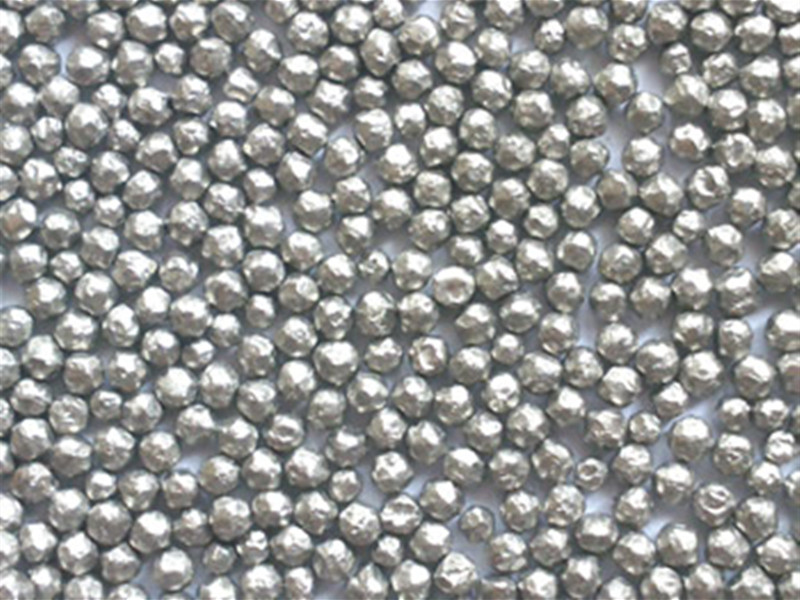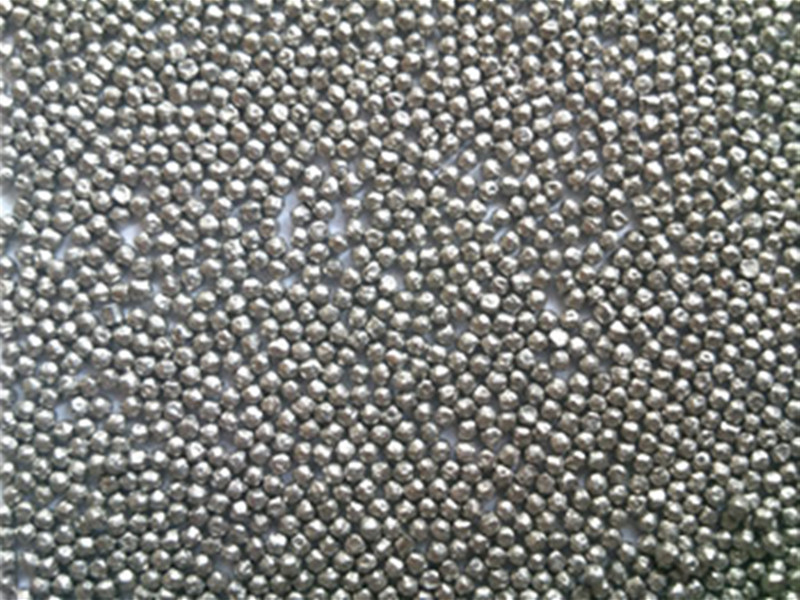Hotline
+86-13692841862
Email:info@mayflay.com
Add::NO.289,Guangreng Rd,Xiaojinkou Str.Huicheng Dis,Huizhou City,Guangdong Province,China.
Surface Treatment Equipment
Coil Handling Equipment
Solutions
Application
About us

welcome to MAYFLAY
For consultation/feedback, please call the service hotline: +86-13692841862 Email:info@mayflay.com

The low carbon steel shot is made by drawing, cutting and strengthening, it is often used in shot blast the automotive industry spring, connecting rod, crankshaft, gear, rocker arm, camshaft and other components under alternating load, and other industrial fields: such as to improve the fatigue strength and binding force of electroplating parts, to prevent blisters.
But do you know the advantage of the low carbon steel shot?


1. Low carbon steel shot is bainite structure (isothermal transition),which has strong impact resistance and stable performance.
2. Low carbon steel shot is made of high quality, low carbon, low residue, low phosphorus and sulfur scrap steel, without heat treatment, to ensure the hardness of steel shots.
3. Low carbon steel shot is not easy to break due to its structure and high toughness, the number of repeated cycles reached about 3600 times, consumption reduce more than 20% when compared to other shots.
4. Because the low carbon steel shots always remain round, the collision between the shot blasting machine and the steel shots is always smooth, the high carbon steel shots are easy to break, produce angular steel shots, increase the wear on the cast head and lining, reduce the service life of the shot blasting machine! Also it causes the maintenance time and the downtime long passive situation! The maintenance cost of low carbon steel shots for shot blasting equipment wear and tear is at least 15% less than that of high carbon steel shots.
5. Low carbon steel shot will become smaller only be a layer of a small peel, so the dust will be greatly reduced, at least 20% of the dust emissions.